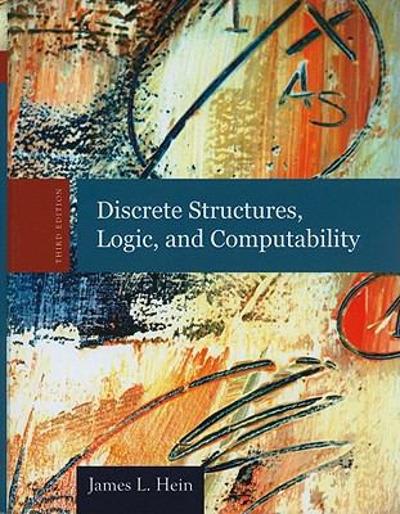


6. Regarding the random experiment and sample space, which of the following statements is correct? a. In a random experiment, we have no idea what outcome would be. b. If we repeat a random experiment , times, the collection of these n outcomes would form a sample space. c. Even before a random experiment is performed, we know that the outcome must be one of those in the sample space. d. In a random experiment, all outcomes in the sample space are equal likely to happen.Construct the one-way ANOVA table. 9) A one-way ANOVA is to be performed. Independent random samples are selected 9) from three different populations. The sample data are given in the table below. ABC Construct the one-way ANOVA table for the data.[Questions 1-4] In Ability, Gender, and Performance Standards: Evidence from Academic Probation, Jason M. Lindo, Nicholas J. Sanders, and Philip Oreopoulos find evidence using regression discontinuity methods that being placed on academic probation increases the probability that a student voluntarily leaves the university. Figure I below shows the estimated discontinuity in probation status at the end of the first year, and Figure 2 shows the impact of being placed on academic probation on the decision of male students to permanently leave the university at the end of their first year. Figure 1 Figure 2 Mon 0.2 00 Left university voluntarily 0. 1 1.09 -1.50 -1.00 -0.50 0.00 0.50 1.00 Fuel year OPA minus probation cutall 1.50 First year GPA minus probation cutoff 1) Why doesn't the mean difference between the rates of voluntary leaving for students placed on probation and those not placed on probation provide an unbiased estimate of the effect of being placed on probation? (3 points) 2) Based on Figure 1, which type of RD do you think this study is using, sharp or fuzzy RD? Explain the difference between the two. (2 points)In the US. individuals can legally drink once they turn 21. We would like to estimate the effect of minimum drinking age laws on mortality using the given data. 115 110 105 100 101.34 Death rate from all causes (per 100,000) 95 93.68 90 85 80 19 20 21 23 Age Immun now Isallfulate the repression discontinuity (RD) estimate based on the given figure andim mmmmmmexplain what this RD estimate means













